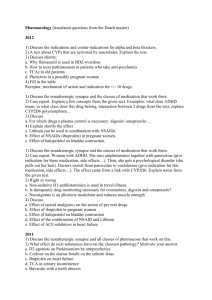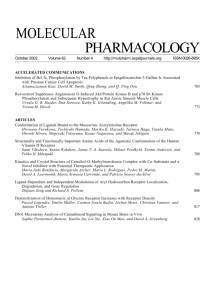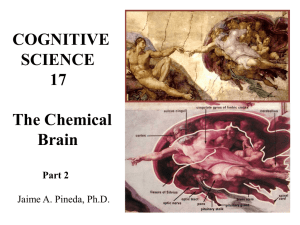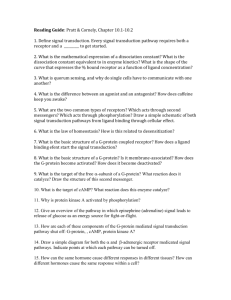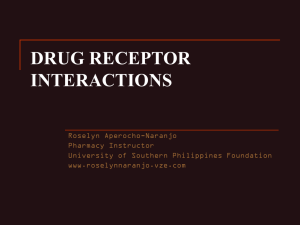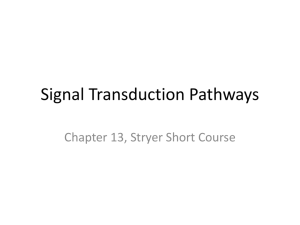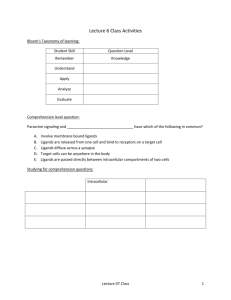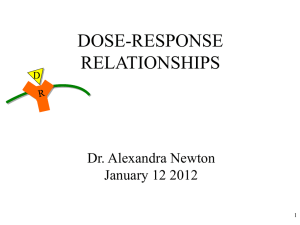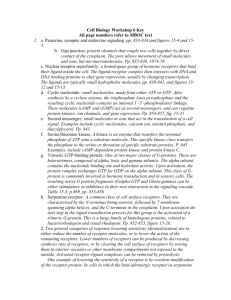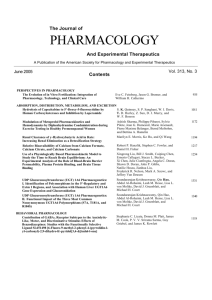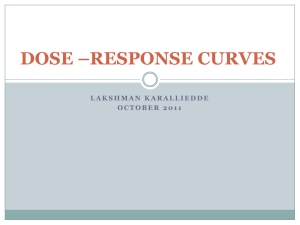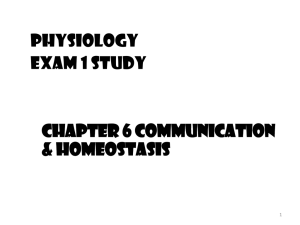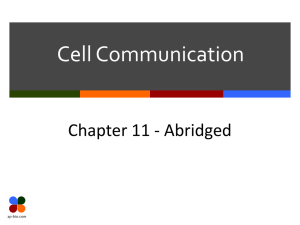beta agonists
advertisement
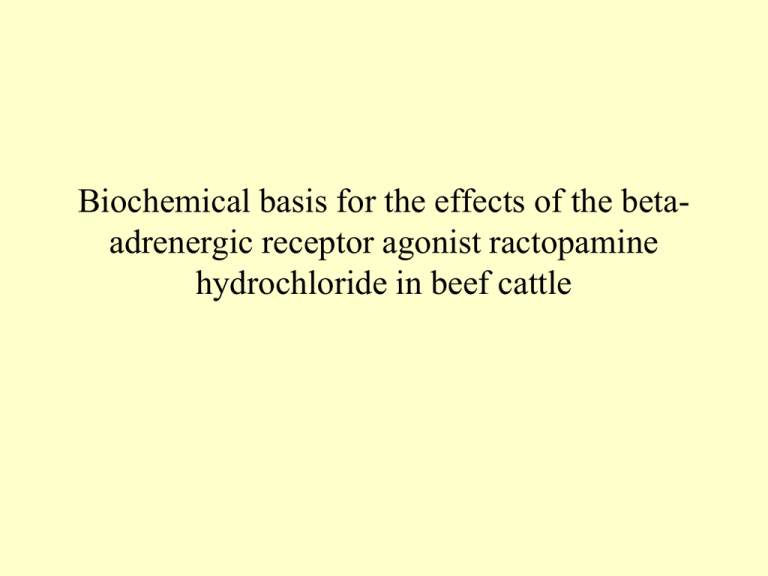
Biochemical basis for the effects of the betaadrenergic receptor agonist ractopamine hydrochloride in beef cattle Ractopamine • Repartitioning agent: shifts energy use from fat to muscle deposition • Structurally similar to catecholamines and other compounds that bind to the betaadrenergic receptor Beta-Adrenergic Receptor Agonists Epinephrine Norepinephrine Dopamine Ractopamine Hydrochloride • Optaflexx (Elanco Animal Health) approved by FDA in 2003 to feed to cattle at a rate of 70-439 mg/hd/d for last 28-42 d of finishing period • Research suggests 200 mg Optaflexx/d for last 28 d in feedlot improve steer ADG and G:F by 15-17 and 17-18% (Laudert et al., 2004;Gruber et al., 2007) Agonists and Antagonists • Agonist: Able to bind to receptor and elicit response • Partial agonist: Binds to receptor, but produces only a partial response • Antagonist: Binds to receptor, but does not produce any response, thus blocking signal Beta-Adrenergic Receptors • • • • Member of G-protein coupled receptor superfamily 7 transmembrane receptor linked to G-protein G stimulatory protein (Gs) Active Gs can bind to adenylate cyclase to activate it Epinephrine Beta-Adrenergic Receptors Con’t • Adenylate cyclase converts ATP to cAMP • cAMP can activate protein kinase A (PKA) • PKA can phosphorylate proteins in the cell – Phosphorylation of enzymes may cause them to be turned “on” or “off” Biocarta http://web.indstate.edu/thcme/mwking Summary • Ractopamine hydrochloride is a beta-agonist that works via the β-AR • Activation of the β-AR results in production of PKA and phosphorylation of HSL stimulating lipolysis • “Repartitioning” effects of ractopamine due to stimulation of lipolysis and changes in muscle protein metabolism
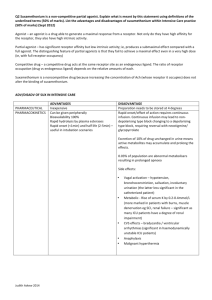

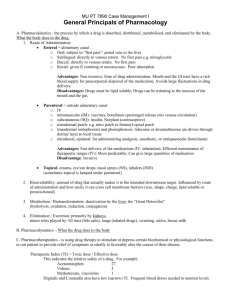


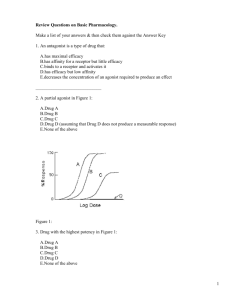
![Shark Electrosense: physiology and circuit model []](http://s2.studylib.net/store/data/005306781_1-34d5e86294a52e9275a69716495e2e51-300x300.png)
